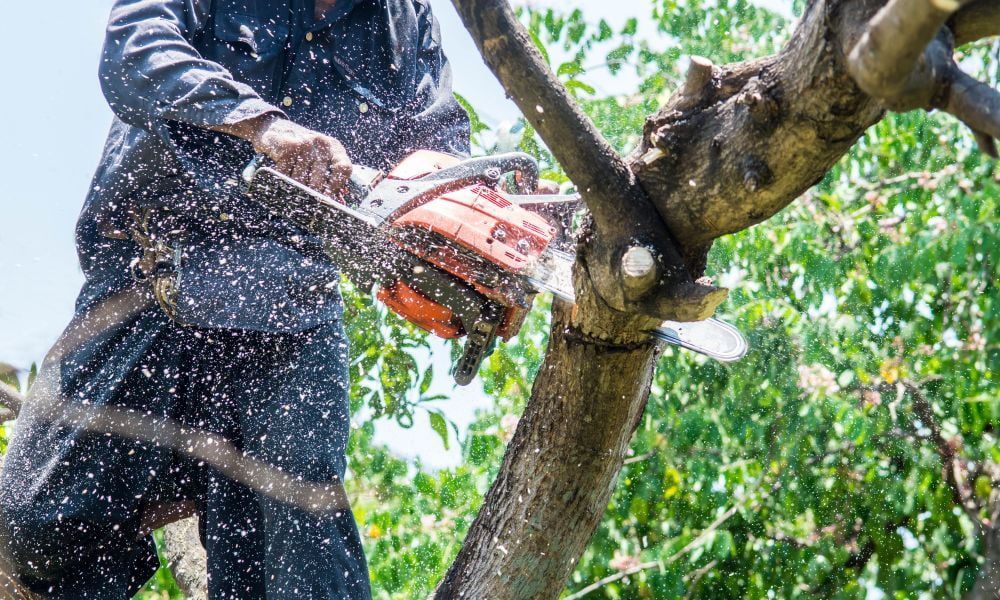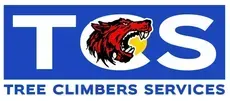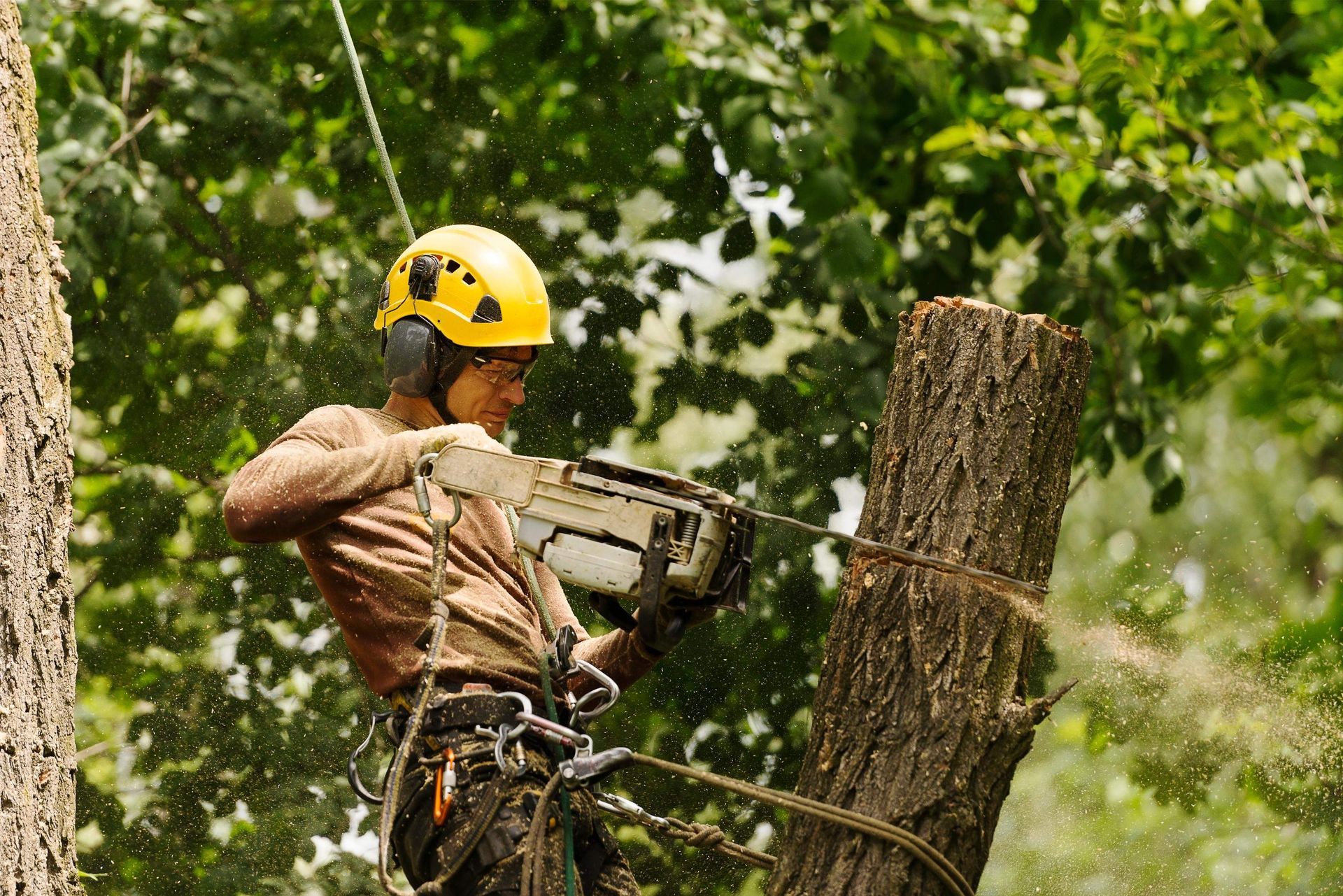What You Need to Know Before Hiring a Tree Removal Company

Table of Contents
- Why the Right Tree Removal Choice Can Save You Time, Money, and Stress
- Checking Credentials Before You Commit
- Why Insurance Is a Non-Negotiable
- Factors That Influence Tree Removal Costs
- Making Sense of Quotes and Proposals
- How Equipment and Safety Practices Impact the Job
- Reading Reviews Without Getting Misled
- Recognizing Red Flags Early
- Setting Yourself Up for a Smooth Tree Removal
- Wrapping It All Up
Key Takeaways
- Don’t skip the step of verifying a tree removal company’s credentials.
- Always confirm they have both liability and workers’ compensation insurance.
- Tree removal cost changes depending on tree size, location, and condition.
- Well-maintained equipment and trained crews reduce risks and improve results.
- Choosing a tree company with strong reviews usually means fewer headaches later.
Why the Right Tree Removal Choice Can Save You Time, Money, and Stress
It’s easy to think that cutting down a tree is just a matter of grabbing a chainsaw and getting to work. In reality, hiring the right tree removal company can mean the difference between a smooth, well-managed job and one that leaves you with unexpected damage, extra expenses, and a lot of frustration.
Imagine this: you hire someone who says they can handle the work “cheap and fast.” The tree comes down—but not before a branch tears through your fence or scrapes your roof. Suddenly, that low bid doesn’t feel like much of a bargain.
A reputable company takes a different approach. They’ll inspect the site, account for risks, use the right equipment, and follow a plan that keeps your home, landscaping, and safety a top priority.
Checking Credentials Before You Commit
Credentials may not seem exciting, but they’re your first sign of professionalism. When choosing a tree company, check if they have:
- Certified arborists who know tree health, proper cutting techniques, and safe removal practices.
- Licensing that meets your state or city requirements.
- Documented safety training and adherence to industry standards.
These aren’t just formalities—they prove the company has the skills and accountability to handle challenging situations.
Why Insurance Is a Non-Negotiable
Tree removal can involve unpredictable hazards. A falling branch might damage a neighbor’s shed. A worker could get injured on the job. Without the right insurance, you could be the one paying for it.
Before any work begins, ask your tree removal company to provide proof of:
- General liability insurance – to cover damage to your property.
- Workers’ compensation – to cover injuries to their crew.
If they can’t produce these documents quickly, it’s a sign to keep looking.
Factors That Influence Tree Removal Costs
Tree removal cost is rarely a flat rate—it’s shaped by several factors:
- Tree size and type – Taller or thicker trees require more time and labor.
- Accessibility – A backyard with narrow gates or obstacles can add complexity.
- Condition – Diseased or leaning trees may need specialized handling.
- Extra services – Things like stump grinding or hauling away debris often cost more.
For example, removing a healthy, medium-sized maple in an open front yard may be straightforward. Taking down a massive oak wedged between two houses is a whole different story—and price point.
Making Sense of Quotes and Proposals
When you’re collecting estimates, resist the urge to pick the lowest number without digging deeper. The cheapest option might cut corners on safety, insurance, or clean-up.
Look for quotes that:
- Break down the full scope of work.
- Include every fee—labor, equipment, disposal—upfront.
- Outline a realistic completion time.
Transparent pricing isn’t just professional—it’s a sign the company values long-term trust over quick deals.
How Equipment and Safety Practices Impact the Job
The right tools can make a dangerous job much safer and more efficient. A trustworthy tree removal company will arrive with well-maintained gear like bucket trucks, rigging ropes, and industrial chainsaws. But equipment alone doesn’t guarantee safety—it’s the way they use it.
Watch for signs of a safety-focused crew:
- Workers wear helmets, harnesses, gloves, and eye protection.
- The site is clearly marked off from bystanders.
- Crew members communicate before and during each cut.
Reading Reviews Without Getting Misled
Online reviews can be your best friend—or a source of confusion—when choosing a tree company.
Here’s how to read between the lines:
- Focus on patterns, not one-off complaints or praises.
- Look for details about professionalism, punctuality, and care for property.
- See how the company responds to feedback, especially negative reviews.
A business that owns up to mistakes and works to fix them is usually worth considering.
Recognizing Red Flags Early
Not every contractor advertising tree work is qualified—or even legitimate. Watch for warning signs like:
- No written contract.
- Pressure to decide on the spot.
- Reluctance to share insurance or references.
If something feels off, it probably is. Trust your instincts.
Setting Yourself Up for a Smooth Tree Removal
A little preparation on your end can make the process much easier. Before the crew arrives:
- Move vehicles, outdoor furniture, and fragile items out of the work zone.
- Let neighbors know if the work might affect their space.
- Clarify whether you want wood removed, chipped, or stacked.
Clear communication helps prevent misunderstandings and ensures everyone’s on the same page.
Wrapping It All Up
Hiring a tree removal company isn’t just about removing a tree—it’s about protecting your property, your safety, and your wallet. By checking credentials, verifying insurance, understanding tree removal cost, and choosing a tree company with the right experience, you’re setting yourself up for success.
If you’re ready to work with a team that values skill, safety, and customer satisfaction, contact Tree Climbers Services and Landscape Projects today. Visit us, email joshua@treeclimbersservices.com or mcintyrestreeservice@gmail.com, or call 970-589-2268.
Frequently Asked Questions
1. How do we choose the right tree removal company?
We look for a tree removal company with proper licensing, insurance, and certified arborists. We also check reviews and past work to ensure they have the skills and safety practices to handle the job without risking property damage.
2. What affects tree removal cost?
We know tree removal cost depends on tree size, location, condition, and any extra services like stump grinding or debris hauling. We always get detailed quotes so we understand what’s included before making a decision.
3. Why is insurance important when choosing a tree company?
When choosing a tree company, we make sure they have liability and workers’ compensation insurance. This protects us from unexpected costs if there’s damage or if a worker gets injured on our property.
4. How can we prepare for a tree removal project?
Before our tree removal company arrives, we move vehicles, outdoor furniture, and fragile items from the work area. We also discuss whether we want the wood removed, chipped, or left for our use.
5. How do we compare different tree removal quotes?
We compare tree removal cost by making sure each quote covers the same scope—labor, equipment, disposal—and has a clear timeline. This way, we know we’re truly comparing apples to apples.



